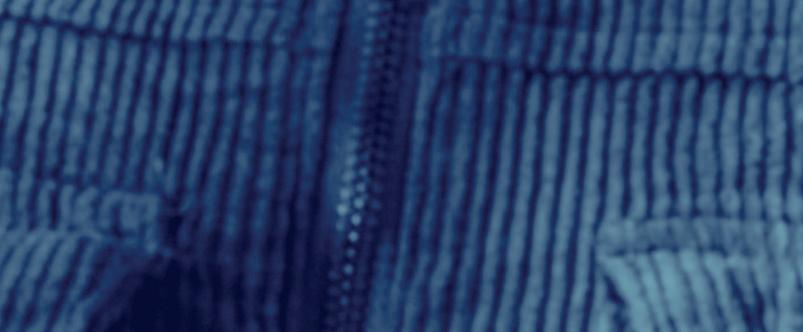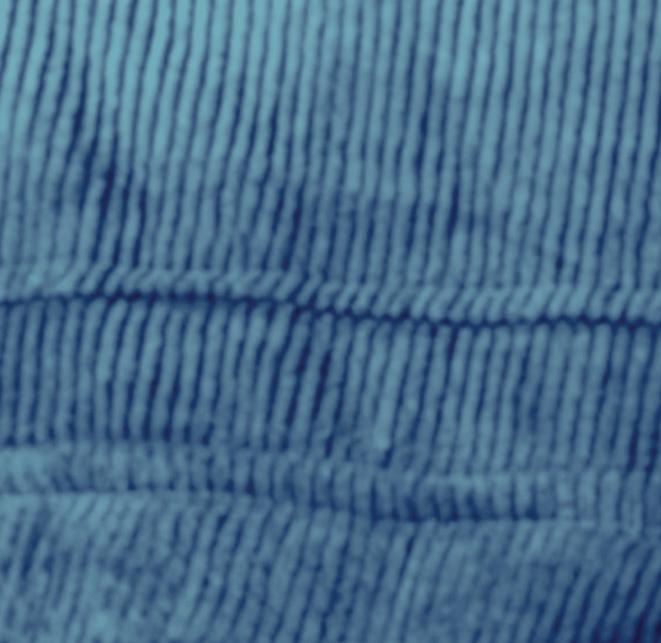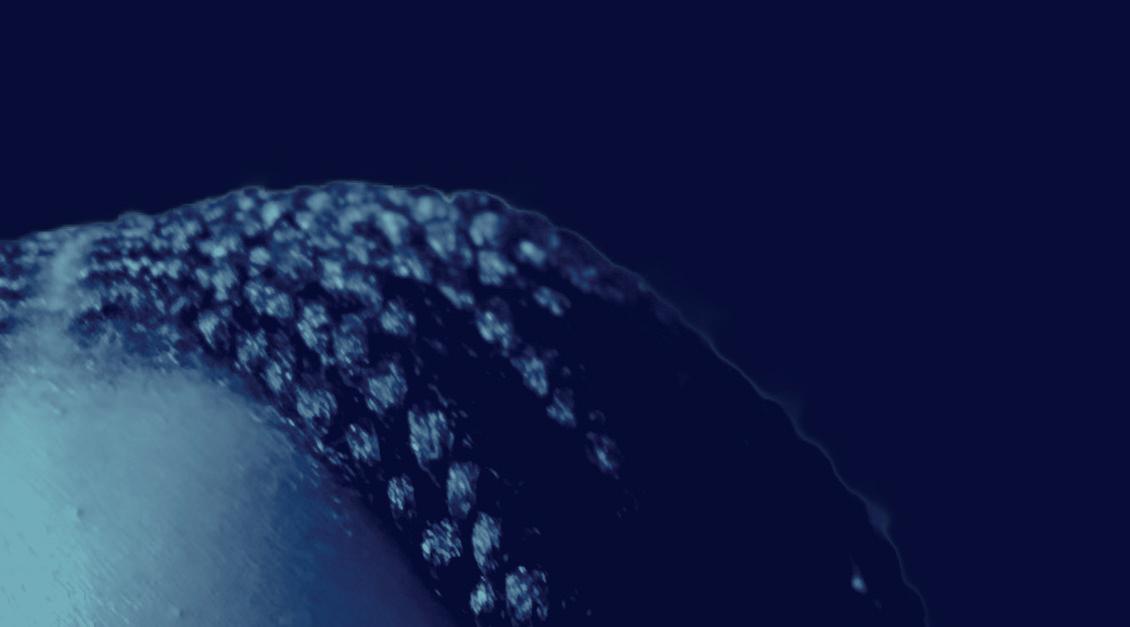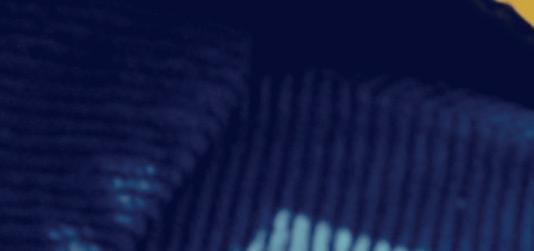
10 minute read
Oluwatomilola Adefioye


Advertisement



© Oluwatomilola Adefioye










Black Hair ≠ Just Hair?
Oluwatomilola Adefi oye Graphic communication designer & participation and community engagement educator
For some, hair is not just hair. Oluwatomilola (Tomi) Adefi oye explains how centuries of othering have left Black hair with negative connotations. To establish true inclusion, she says, we need to focus on communities – on cities within cities.
Hair means so much, while meaning nothing simultaneously. It’s just hair – isn’t it?
The possessor’s position on their hair does not stop it from being politicised or dissected. I take an auto-ethnographic approach, allowing my lived experience to inform the exploration of my research. Navigating the roles of ‘researcher’ and ‘subject’ has led me to conclude that Black hair = just hair and Black hair ≠ just hair are both true (and that’s okay).
#blackowned To the non-Black individuals, businesses and corporations that have historically profited the most, hair = just hair. Black hair is worth millions of pounds, dollars, euros – you get the point. Black women are amongst the top-spending groups when it comes to hair care. Yet, the recipients of the profit are seldom Black people.
Growing up in London, going to the hair shop typically entailed going to a non-Black owned business to purchase my creams, oils and hair extensions from people who looked nothing like me. This experience is mirrored across various diasporan communities. Also seldom Black-owned are the products themselves. Imagine my surprise years ago when I discovered that my beloved staple brand Dark & Lovely, which was previously Black founded and owned (like many others), was taken over by L’Oréal decades ago.
The realisation that very few products in the 2000s and 2010s were Black-owned left a bitter taste in my mouth. This is particularly the case when you take a closer look at the language used in describing Black hair. Till date, the primary object of many products is to tame and loosen ‘coarse, resistant hair textures’ – fundamentally manipulating the texture and pattern of kinky-curly hair.
In recent years, an increasing number of businesses proudly label themselves #blackowned and consumers are equally proud to support Black businesses. In this case, hair ≠ just hair: it’s empowering to sell and buy Black. This difference is tangible in the way Black businesses communicate with their customers. Black hair and culture are celebrated throughout the sale process. Ruka is a great example of an innovative brand where the distinction of ‘for us, by us’ is clear. The fun, inclusive names given to their hair extension products, such as
‘Coils on Coils’, ‘Think Kink’ & ‘Think Silk’, are authentic and consistent with the experiences of their customers.
Iconic figures in Black hair care, like Madam C.J. Walker in the USA and Dyke, Dryden & Wade in the UK, stand out as trailblazers amongst many lesser known pioneers like Anu Prestonia. They amassed millions of dollars and pounds through service to their community. Although many have followed in their footsteps, the landscape of Black hair care has since changed. It is now dominated by non-Black communities.
The imbalance in ownership must be corrected. Steps have been taken in the right direction through buy-Black schemes, such as the UK’s Black Pound Day movement founded by British rapper Swiss in 2020, in response to the increased discourse around racism and its impact on the economic status of Black business owners and wider communities.
This is only powerful when it becomes a lifestyle commitment, not a casual experience that doesn’t go beyond lip service and virtue signalling. Justice for Black entrepreneurs needs to be intentional and radical. More community approaches,
as opposed to individual endeavours – as there truly is power in numbers. This is illustrated through instances such as Yoruba language advocate and educator Gbemisola Isimi highlighting the fact that the word ‘Yoruba’ (a West African ethnic group) was trademarked with the UK’s Intellectual Property Office by a white owned clothing company. Suffice to say the pressure from the backlash led to the rightful surrender of the trademark.
People within and outside of Black communities must recognise that justice has a price. It may resemble losing, so others can gain. Cities within cities In many ways, cities within cities exist among Black diaspora communities through the networks formed across established cities – in homes, barbershops and salons. In these spaces, created to service Black communities, there is inclusion – to an extent.
Aside from the policing of Black hair by non-Black people, it is also policed internally. This ranges from natural hair purists holding the stance that chemically straightening afro hair is a form of self-hate to Black men being confined to low cuts and shapeups, while braided hairstyles are deemed unfit for big days like weddings and birthdays. These frequent talking points signify deep-seated issues. Hair ≠ just hair. It is difficult, even impossible to separate Black hair from the discourse it provokes. It would be dishonest to deny that issues such as anti-blackness and desirability politics (in regard to factors that shape perceptions of what is desirable) continue to prevail. As Black hair is increasingly

© Oluwatomilola Adefioye
visible across mainstream media, discourse around how it is portrayed is inevitable.
Black hair has been historically excluded from representation in mainstream media, even though it is well-established that representation matters. Issa Rae’s tv series Insecure (2016-2021) showcased the versatility of natural afro hair in a way that was never seen before. This was widely-hailed as much needed progress – a protagonist with natural hair being seen as desirable and successful. The beauty of Insecure’s Black women leads was in the plurality it highlighted – women with different hues and approaches to styling their hair. It was all the more impactful as it aired exclusively on the mainstream network HBO.
The emergence of the internet ushered in digital cities on platforms such as YouTube and Instagram. ‘Youtube University’ is an apt term, as in many ways it became the source for community and knowledge for many. The beauty of the platform

© Oluwatomilola Adefioye
in earlier years was being able to see yourself in the creators who shared from their bedrooms. This utopia, like clockwork, became driven by toxicity and division – drifting from the origins of community forming and shared knowledge to fuelling exclusion. The inclusion that viewers seeked, turned into the exclusion they had become accustomed to in mainstream media. Colourism and texturism means that lighter-skinned Black women with looser curls are more desirable and thus become the face of ‘representation’. Charity begins at home. Inclusion must first be established in communities – cities within cities. If there isn’t true belonging there, there is little hope. In order to design inclusively, the starting point must consider all the factors that contribute to the positions people form about their hair and that of people who look like them. Discussions that meaningfully tackle this are a starting point to building and re-building. Don’t Touch My Hair Discourse around Black hair ranges from being celebratory to
discriminatory. The way Black hair is policed is unfair and shows a stark contrast to the discourse around hair from other communities. European hair, namely, is not politicised – in this case hair = just hair. A bad hair or ‘messy bun’ day is not indicative of anything more than that. Beauty is elusive for most, but Black beauty comes with less grace and a larger burden. Descriptive words take on a whole different meaning when it comes to Black hair.
Take ‘messy’ or ‘unkempt’. The UK’s former prime minister, Boris Johnson, is a perfect example of how different rules apply to non-Black people, particularly to white cisgender men. Nine out of ten times, the individual with the highest office in Britain looked objectively ‘unkempt’. It’s become a joke he’s part of, whereas Black hair does not receive this same treatment. Black natural hairstyles are often tagged as ‘unkempt’ as a given. When it’s not unkempt, it’s ‘unprofessional’ or ‘disruptive’. This experience is shared from school-aged children all the way up to professionals at the height of their careers, both in the West and in Black-majority countries. The latter might come as a surprise as you would hope the impact of the atrocities of slavery and imperliasm would not continue to prevail. Hair ≠ just hair when it has historically been over-politicised. The possessors have no choice as to if they are a willing participant. When decisions about ‘professionalism’ and ‘conduct’ are being made, who is at the table? Initiatives such as the Halo Code, spearheaded by young activists in the UK, respond directly to the root of the recurring issue – the way systems that dictate conduct are designed.
By asking institutions to sign a pledge that guarantees liberty and equity in decisions Black people make about their hair, the Halo Code establishes a step in the right direction. Further to this, there are campaigns to protect Black and afro hair as a matter of law or legislation. The Crown (Creating a Respectful and Open World for Natural Hair) Act has been successfully signed in eighteen states (and counting) in the USA. Similar efforts to protect afro hair by law are being campaigned for by thinkers such as Emma Dabiri in the UK.
‘Don’t Touch My Hair’ must extend beyond physical touch. Microaggressions are inherently difficult to quantify. A colleague telling another that a new braided hairstyle looks ‘sassy’ isn’t okay. Nor is highlighting archaic hair policies that deem afros and locs as disruptive. Laws and rules are usually difficult to enforce. Provoking a change in behaviour should be accompanied by clear communication. This is a good place to add that the onus to continuously communicate and educate non-Black people on Black people’s humanity does not belong to Black communities. Beyond rules, policy, law and legislation is the necessity for each individual to do the work of learning and re-learning. This is the key to meaningful change. Historically, the introduction of new laws ensured greater protection in theory. In practice, however, they do little to change unwritten laws, biases and prejudice.
Designing in a way that provokes meaningful change must include the very people that have been impacted. To any efforts, Black communities must be at the core.
CURIOUS FOR MORE?
In the DCFA programme The Past is Now, we explore how the colonial past is shaping our present society.
TED TALK: A CELEBRATION OF NATURAL HAIR
Storyteller Cheyenne Cochrane explores the role that hair texture has played in the history of being Black.
PROJECT: THE HALO CODE Halo Collective is an alliance of organisations and individuals founded by young Black organisers, working to create a future without hair discrimination. The Halo Code explicitly protects employees who come to work with natural hair and protective hairstyles associated with their racial, ethnic and cultural identities.










